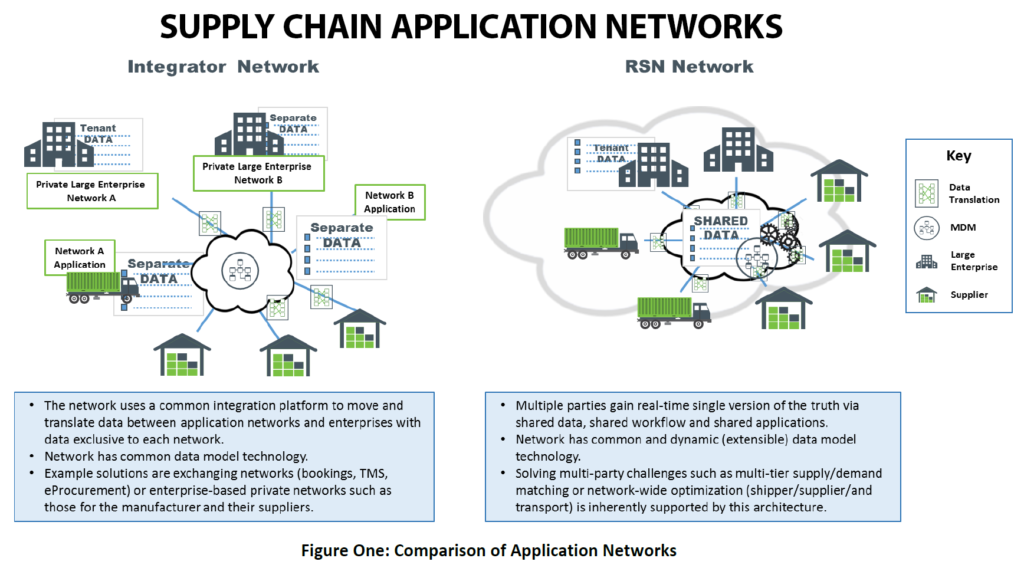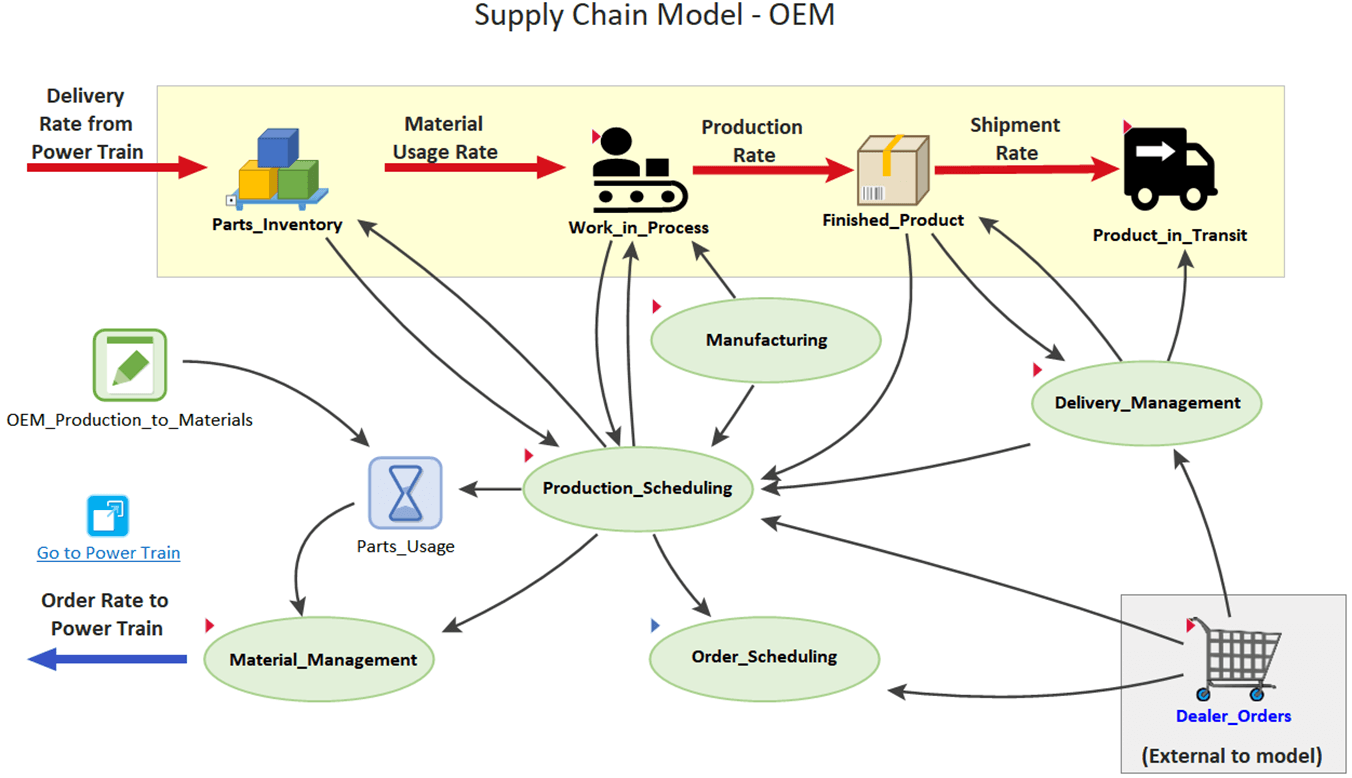Table Of Content

That’s why outsourcing is often interchangeably called strategic outsourcing. In comparison, the tiered stable network has more control over its suppliers and distributors’ operations than the dynamic network. An unexpected misunderstanding in the dynamic network may result in unrecoverable product defects. Along with it, there is higher risk in operational cost control and quality standard. However, the dynamic network is much more flexible than stable network in that it can quickly form a new network in the supply market to cater for the changed demand both in volume and in variety.
The extent of Vertical Integration
Demand distortion is the phenomenon in which “orders to the supplier have a larger variance than sales to the buyer” and variance amplification occurs when the distortion of the demand “propagates upstream in the amplified form”. These phenomena (also known collectively as the “bullwhip effect” or “whiplash effect”) are common in supply chain systems and were observed as early as Forrester (1961). The consequences of the bullwhip effect on the supply chain may be severe, the most serious of which is excess inventory costs.
Supply Chain Design and Analysis: Models and Methods
In addition, we use interactive applications, where learners can simulate various supply chain design strategies, inspired by the MIT culture of learning by doing. Global supply chains spanning multiple jurisdictions and support channels while serving diverse markets are increasingly complex to manage and design. Our research combines optimization, simulation, and machine learning methods for end-to-end optimization of complex global networks. Traditional supply chain designs and methodologies have become outdated, creating risk for today’s businesses.
What Are Supply Chain Management Courses?
Specifically, the authors model a pull-type, periodic, order- up-to inventory system, and determine the review period (by product type) and the order- up-to quantity (by product type) as model outputs. Svoronos and Zipkin (1991) consider multi-echelon, distribution-type supply chain systems (i.e., each facility has at most one direct predecessor, but any number of direct successors). In this research, the authors assume a base stock, one-for-one (S-1, S) replenishment policy for each facility, and that demands for each facility follow an independent Poisson process. In the final computational step, the authors determine approximate optimal ordering policies using a mathematical program, which minimizes the total sum of the costs for each of the four sub-models. To maximise packing efficiency, the next idea was that of a cuboid soda can.
Enhancing Xinjiang Forced Labor Risk Assessments
They assume employees have clarity over end-to-end process accountability, but they rely on ad hoc delegation and self-management to execute. A company’s existing operations may also influence how its supply chain is designed. GEP SMART is an AI-powered, cloud-native source-to-pay platform for direct and indirect procurement. Learn more about the supply chain management and supply chain software solutions offered by GEP. Procurement and Supply Chain LIVE returns to London's Business Design Centre on September 2024, promising an unparalleled opportunity to learn from and network with some of the industry's most internationally respected figures. With over 3,800 attendees, both in-person and virtual, this hybrid conference and expo is set to host 60+ acclaimed speakers, 8 interactive panel discussions, and 4 executive workshops over two action-packed days.
Location Decisions
Sustainability has become a high priority for organizations worldwide, putting supply chains squarely in the spotlight. Some companies have never designed a consistent supply-chain organization. A single function can report to different parent functions, and different points within those functions across geographies or business units. As such, the processes can be executed differently, generating confusion and slowing responses to urgent matters. In almost one in three companies, demand planning is not systematically organized, reporting to supply-chain leaders in some geographies and to sales or business leads in others.
Smooth collaboration between the product development, manufacturing, marketing, procurement, finance and supply chain management teams can improve the value of a product significantly while reducing overall costs. By providing a real-time, data-driven reflection of the physical world, supply chain digital twins enable better decision-making, predictive maintenance, and the testing of various scenarios without the need for physical intervention. They play a crucial role in the development of smart and interconnected systems, helping organizations gain insights, improve efficiency, and reduce costs. A reliable supply chain network can adapt to unexpected challenges, such as natural disasters, supplier disruptions, or changes in customer demand, without significant disruptions to the overall flow of products. Achieving reliability often involves strategies like redundancy, risk mitigation, and robust network design to minimize the impact of unforeseen events, contributing to customer satisfaction and operational resilience.
Integrative roles to drive end-to-end coordination
B2B Omnichannel Network Design and Inventory Positioning - SCMR
B2B Omnichannel Network Design and Inventory Positioning.
Posted: Mon, 30 Oct 2023 07:00:00 GMT [source]
We employ and develop visual analytics decision-support tools, that enable intuitive interaction with quantitative methods to support a data-driven decision-making processes. The supply-chain function’s organizational design interacts with its assets, technology, processes, and people to make strategy happen. When parts of this system are not aligned, execution can be nearly impossible.

Product Links
Managers will have to manage the company's internal capacity synchronization to achieve capacity planning objectives. This is because the desired capacity for the supply chain will eventually to be executed and implemented by each and every individual participating member of the supply chain. What I am going to talk about is the capacity related planning issues for supply chain architecture design. If one observes the supply chain from the spectrum of capacities of each and every participating member, then a usually uneven capacity ‘landscape’ emerges. The question then is that which form of the landscape is the most beautiful one for the supply chain. They are very useful to get the managers started to create tools or frameworks that tailored to their own business cases.
The answer to this question surely cannot come from one company’s capacity planning, as the landscape is formed along with others. This means supply chain capacity planning differs from organizational capacity planning in that it is a coordinated endeavor. In today’s competitive landscape, supply chain network design is strategic. Working on the Cosmic Frog supply chain design platform empowers you to create supply chain designs that go beyond the basics, considering your network from every possible perspective and scenario and providing the data required to move forward.
Good supply chain design helps in managing inventory correctly and avoiding delays in fulfilling orders. Accurate demand forecasting is a result of good supply chain management, and this ensures the availability of goods when needed. These models allow the company to have enough inventory to manufacture products continuously and quickly.
This supply chain model is ideal for industries making custom products and trendy items. An example of companies in this category is those making components for different industries. This supply chain design supports companies that have highly fluctuating demand.
Obviously it could also be a forward integrated one or backward integrated one as shown in figure 4. Much of the supply chain design is determined by the extent of vertical integration. Vertical integration is defined as the single ownership of consecutive activities along the supply chain. A well-integrated supply chain may not have a large extent of vertical integration (see definition of supply chain integration in section 2.3). Her multinationals like Toyota, Honda, Matsushita, NEC, and Sony completed a long journey from exporting to globalization and established a concrete market base.

No comments:
Post a Comment